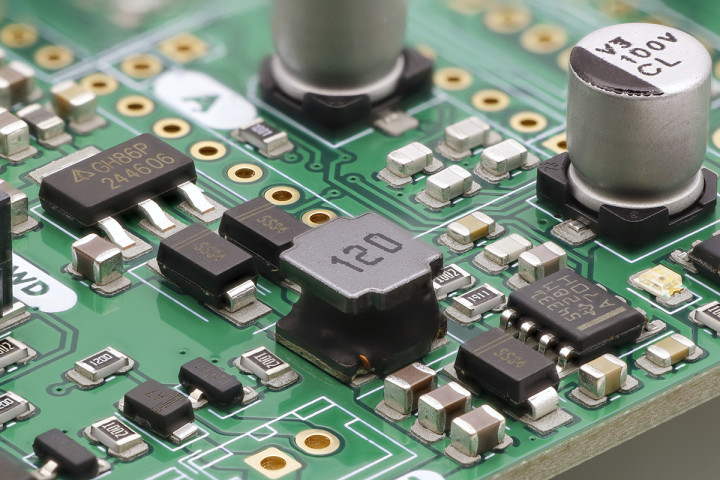Sourcing: A Broad Overview
October 30, 2023
on
on
Designing your product is only half the battle. After the engineering work is finished, you still need to find a source for all the parts that will support manufacturing.
Every vendor can add some level of customization. Sometimes it is better to have the vendor act as a contract manufacturer and do some degree of customization or assembly for you. This can free you up to work on what you are uniquely good at, instead of soldering 500 cable harnesses onto 500 motors. Don’t be afraid to ask; most vendors are happy to work with you for extra requests.
For certain parts, getting a sample isn’t strictly necessary. Bolts and nuts can be sourced from wherever is most convenient. In the very small chance that there’s a quality issue with the parts, it’s trivially easy to source from another vendor. It’s usually best to spend your efforts validating parts that are not a commodity.
Vendors
Finding a vendor is the first step in sourcing your parts. First, look for production facilities or distributors nearby. Being able to visit your vendor is incredibly valuable, especially at the beginning of production. Searching for a vendor on Alibaba is also a great way to find parts that might not be available locally. Not only does Alibaba show you what parts a vendor has available, but it also gives you a cost estimate along with the quantities they’re able to supply. If the numbers seem reasonable on the vendor’s product page, you can send them a message and begin communicating with them about your needs.Every vendor can add some level of customization. Sometimes it is better to have the vendor act as a contract manufacturer and do some degree of customization or assembly for you. This can free you up to work on what you are uniquely good at, instead of soldering 500 cable harnesses onto 500 motors. Don’t be afraid to ask; most vendors are happy to work with you for extra requests.
Samples
With anything critical to the operation of your product, it’s imperative that you request samples from your vendor. After you get them in-hand, put them through any lifetime and validation tests you deem essential to your product’s success. These tests should represent the most intense requirements of your product. For example, if your product has a motor that needs to run for 10,000 hours at 70% duty cycle, test your sample motors using those numbers. If they exceed those specifications, run the samples until they fail. It’s good to know that your parts fulfill your requirements, but it’s even better to know exactly how and why they’ll eventually break. Only move forward with the part if the sample has met your requirements.For certain parts, getting a sample isn’t strictly necessary. Bolts and nuts can be sourced from wherever is most convenient. In the very small chance that there’s a quality issue with the parts, it’s trivially easy to source from another vendor. It’s usually best to spend your efforts validating parts that are not a commodity.
Conclusion
Sourcing parts for your hardware product is a tremendous topic. If you’d like to dive deeper into how to get quality sources for your hardware, check out the Open Hardware Manufacturing Podcast. We regularly discuss best practices and strategies for shipping quality, reliable hardware products.Read full article
Hide full article





Discussion (0 comments)